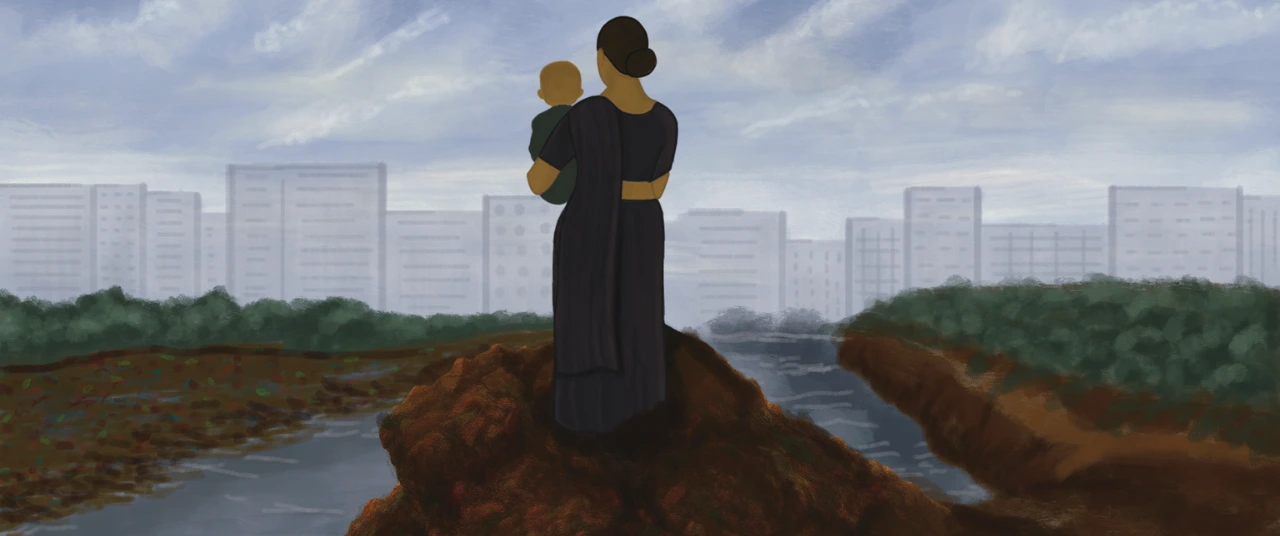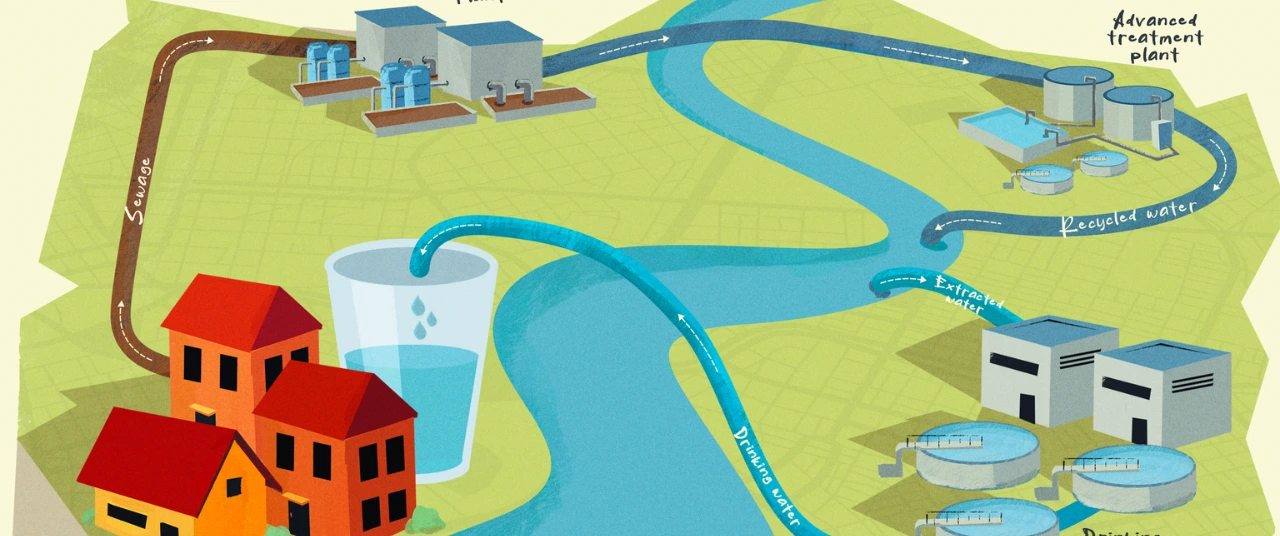Unplanned, rapid urbanisation in Gurugram has direct consequences for the Ganga basin






Editor’s note: The last two decades have been witness to the rapid and devastating march of unchecked urbanisation and climate change in India’s cities. Among the first victims of this change is freshwater and access to it—from rivers which sustained local ecosystems, to lakes and groundwater which quenched the thirst of residents. In this series, the Good Food Movement examines the everyday realities of neglect and pollution. It documents the vanishing and revival of water bodies, and community action that made a difference.
In the 1950s, Gurugram was just one of many small villages scattered across the tabletop-flat landscape of the Ganga basin. Known as Gurgaon until 2016, the town was only 30 kilometres from New Delhi, but that hardly mattered until the new millennium, when India’s sudden urbanisation transformed Gurugram into a prime example of how reckless city planning can plunder groundwater so quickly that the land on which the city is built immediately begins to die.
Groundwater is a mostly abstract resource to the millions of urban Indians who drink it every day. It seems like something that will last forever, so long as humans can dig deeper and deeper holes. There is little understanding of how the decline of water under our feet connects to life above ground. Real estate developers who were eyeing Gurgaon in the early 2000s didn’t understand these things better than anyone else, and so, in the absence of even a fledgling municipal corporation to guide them (Gurgaon’s wasn’t founded until 2008), they started throwing up apartment towers without thinking about how those towers would ruin the city’s drainage patterns or be supplied with water. They didn’t know–or care to find out–that they were paving over areas like the Badshahpur drain or the Nathupur drain, which are zones that could recharge groundwater. The residents, they figured, could buy groundwater from tanker trucks. It was cheap. People could use as much as they liked.
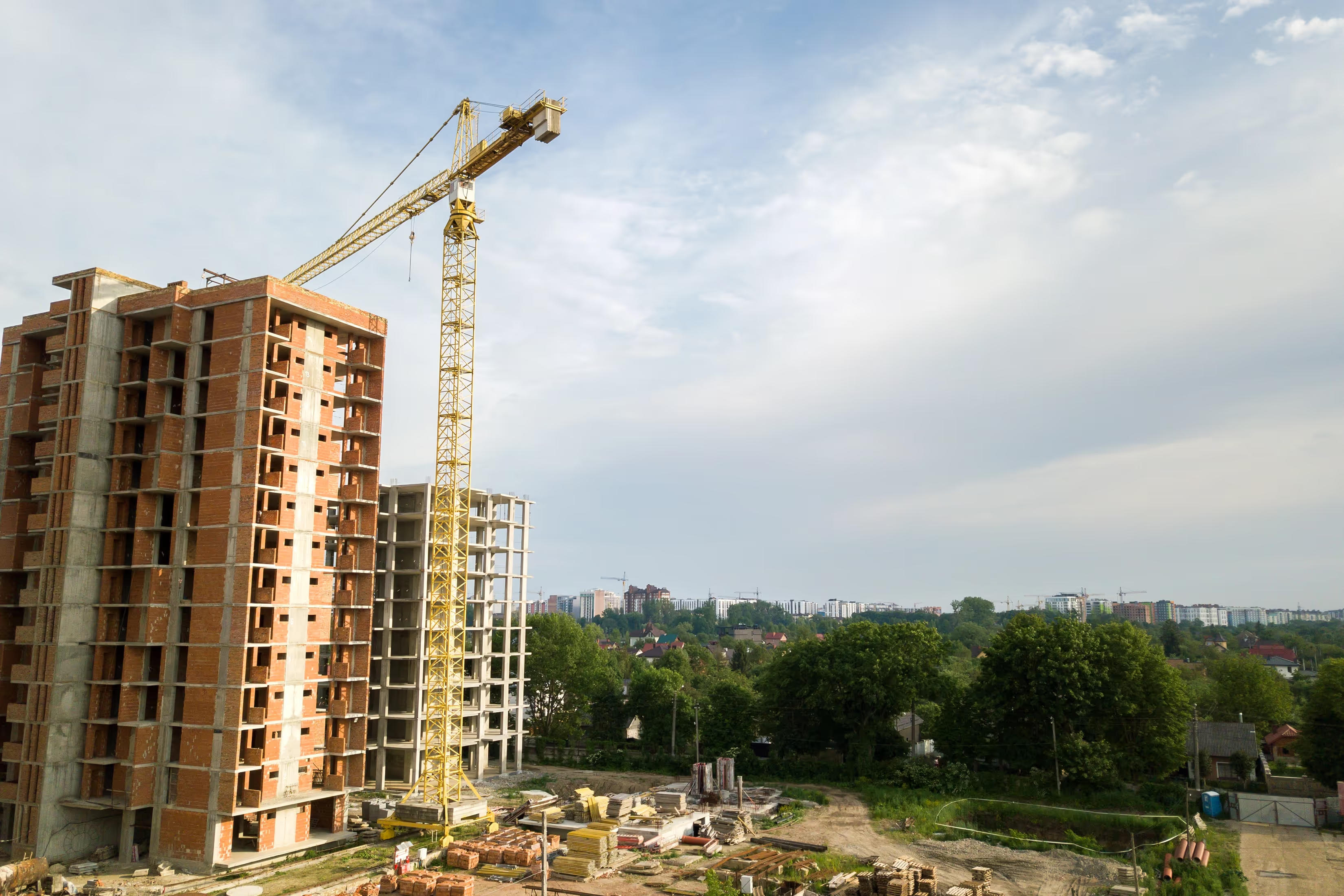
India relies on groundwater more than any other country–230 cubic kilometers per year, which is more than a quarter of all groundwater used globally. Piped water provided by city and state governments is often limited and unreliable, but even if that wasn’t the case, India just doesn’t have enough rivers and lakes to slake the thirst of the nation’s people and crops. Farms drink up most of the groundwater, but an increasing amount is being sucked down by satellite cities orbiting major metros, many of which have flared up around New Delhi over the past two decades in a frantic bid to unclog the planet’s second most populated city. None of them seem more infamous than Gurugram, which is now home to at least 20 lakh people who must rely on groundwater for drinking, showering, cooking, and everything else—a huge reason why the Ganga basin is the Earth’s most exploited groundwater supply, and is rapidly running dry.
When groundwater levels plummet, the sudden absence of water forms a funnel, according to Abhijit Mukherjee, a groundwater sustainability expert at the Indian Institute of Technology Kharagpur (IIT-KGP). That funnel starts pulling groundwater from anywhere it can, which means that the surrounding area will also start losing groundwater even if nobody is extracting it. Eventually that funnel starts tugging on nearby rivers such as the Ganga, which relies on groundwater to flow well beyond the glacier where it begins.
“If the water in your backyard is drying out, then your rivers are drying out,” Mukherjee says.
Also read: Bengaluru is fated to run out of water. When will the crisis hit?
Sign of the times
In 1975, groundwater around New Delhi was 6-7 metres below the surface, but now it’s an average of nearly 40 metres down. Much of the region is pitted with borewells that drill more than 300 metres into the soil; in some areas, groundwater levels are plunging by about 2.5 metres per year. From the 1970s until 2016–according to a 2018 Scientific Reports study co-authored by Mukherjee–sections of the Ganga have lost roughly 59% of their groundwater supply, and the river has shrunk in kind. It’s not hard to imagine what would happen to India if its most vital river disappeared every time it got hot outside.
That problem may seem too theoretical to sound any alarms, but signs of Gurugram’s rampant groundwater extraction are already abundant if you know what to look for. Small local rivers such as the Thivi have vanished, some of which reappear only when torrential downpours flood roads that were paved over what used to be their channels. Shrubs and grasses are shriveling because the city’s soil struggles to hold any moisture. Rain sloughs useless dirt into the street.
Small local rivers such as the Thivi have vanished, some of which reappear only when torrential downpours flood roads that were paved over what used to be their channels.
It’s easy to imagine groundwater replenishing with the next big storm, but that’s not how it works. Water seeps into the earth at a rate of only 2-3 metres per year, depending on the geology of the region; also, once an aquifer is sapped of its water, the ground that formed it contracts, meaning it probably won’t be able to hold that same amount ever again. Water extracted from the Ganga basin’s deepest borewells has likely been there since 2000-4000 BC. Last year, Gurugram withdrew double the amount of groundwater that it could naturally replenish, extracting over 200% of the permissible limit.
“When this is exhausted,” says Venkatesh Dutta, a hydrology expert at Babasaheb Bhimrao Ambedkar University, “maybe this area will become like a desert.”
Also read: The intertwined fate of Navi Mumbai’s Kolis and the Kasardi river
An uncertain future
What’s happening in Gurugram and other satellite cities is a warning to the entire country. Nearly 65% of Indians still live in rural areas–compared to about 14% of the US–but India’s rate of urbanisation has soared in the 21st century. Far more is still to come, and if nothing changes, that means much more groundwater extraction.
Satbir Singh Kadian, the chief engineer of the Haryana Water Resources Authority, which oversees Gurugram’s water supply, has struggled for years to rein in the city’s use of groundwater. He insists, though, that Gurugram will soon break its dependency because of two recent developments.

Part of the problem has always been the city’s never-ending construction. Developers drilled borewells wherever they liked and used the extracted water to mix concrete. This went on until 10th February, 2022, when part of a building in the Chintels Paradiso apartment complex collapsed, killing two people and injuring several others. Haryana had banned using groundwater for construction in 2012, but it was the collapse’s legal ramifications that finally forced developers to listen to the government, which told them the groundwater used to build Chintels Paradiso was so full of pollutants like chloride, that the resulting concrete wasn’t sturdy enough. They convinced construction companies to use the government’s treated wastewater instead, free of cost.
The government is also about to start building a canal to bring surface water to Gurugram, according to Kadian. It’s been a long time coming, and “of course” has been delayed, he says, but he believes the canal will be finished in two years. If he’s right, it has the potential to transform the city’s ecology. Then the challenge shifts to getting other cities in the Ganga basin to do the same.
Produced by Nevin Thomas and Neerja Deodhar
Illustration by Prabhakaran S
{{quiz}}
Explore other topics
References

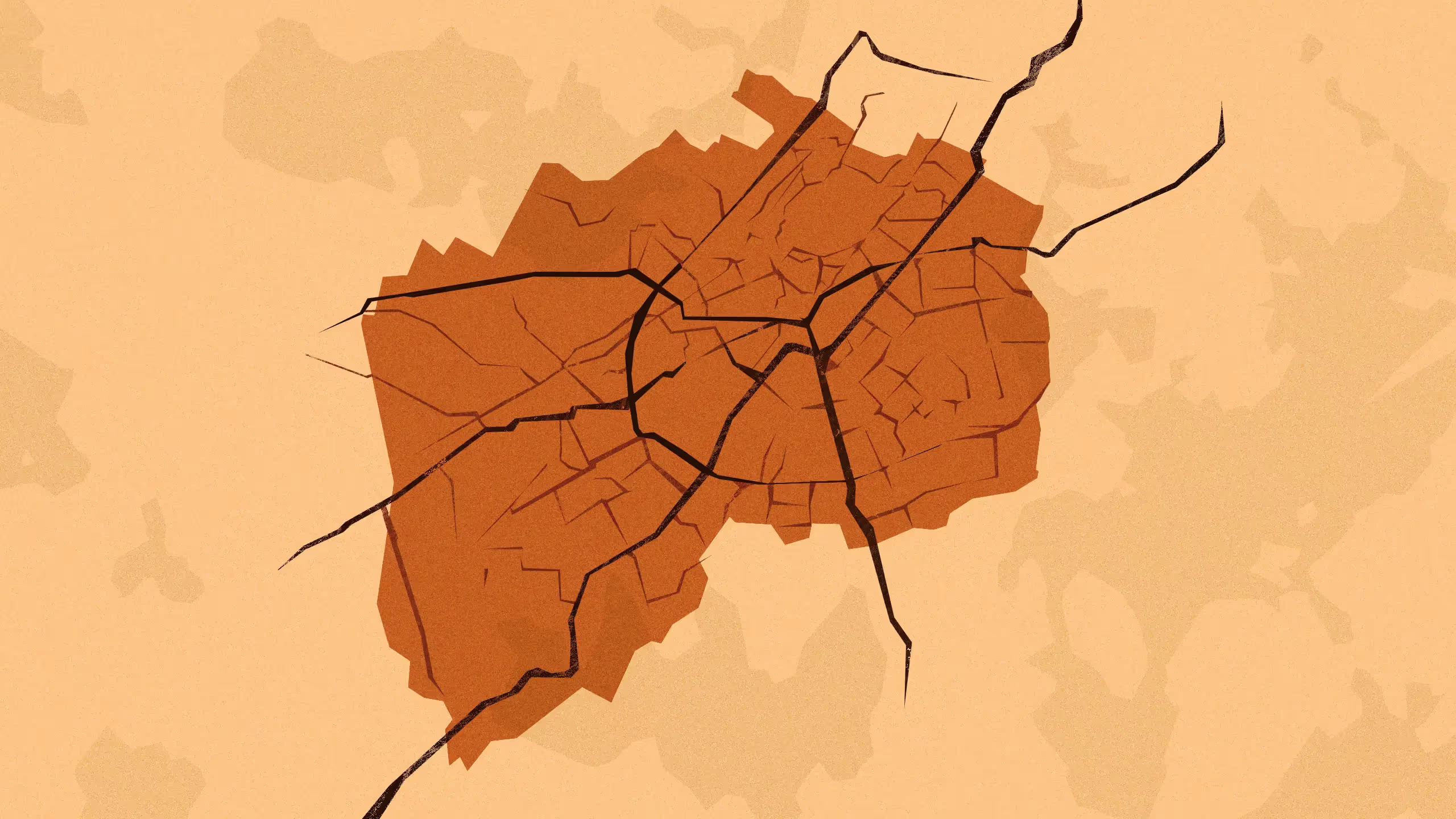
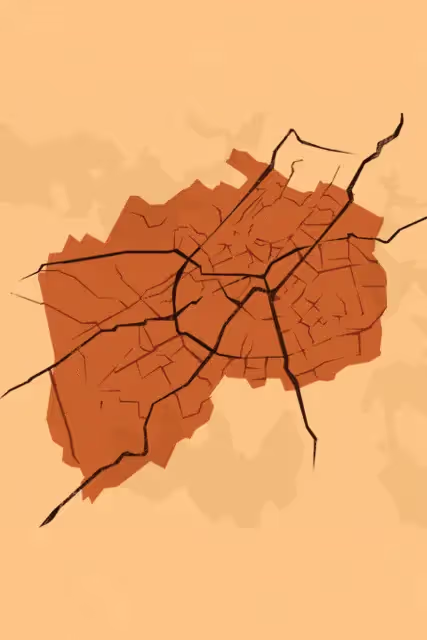

.avif)

.avif)
.png)

